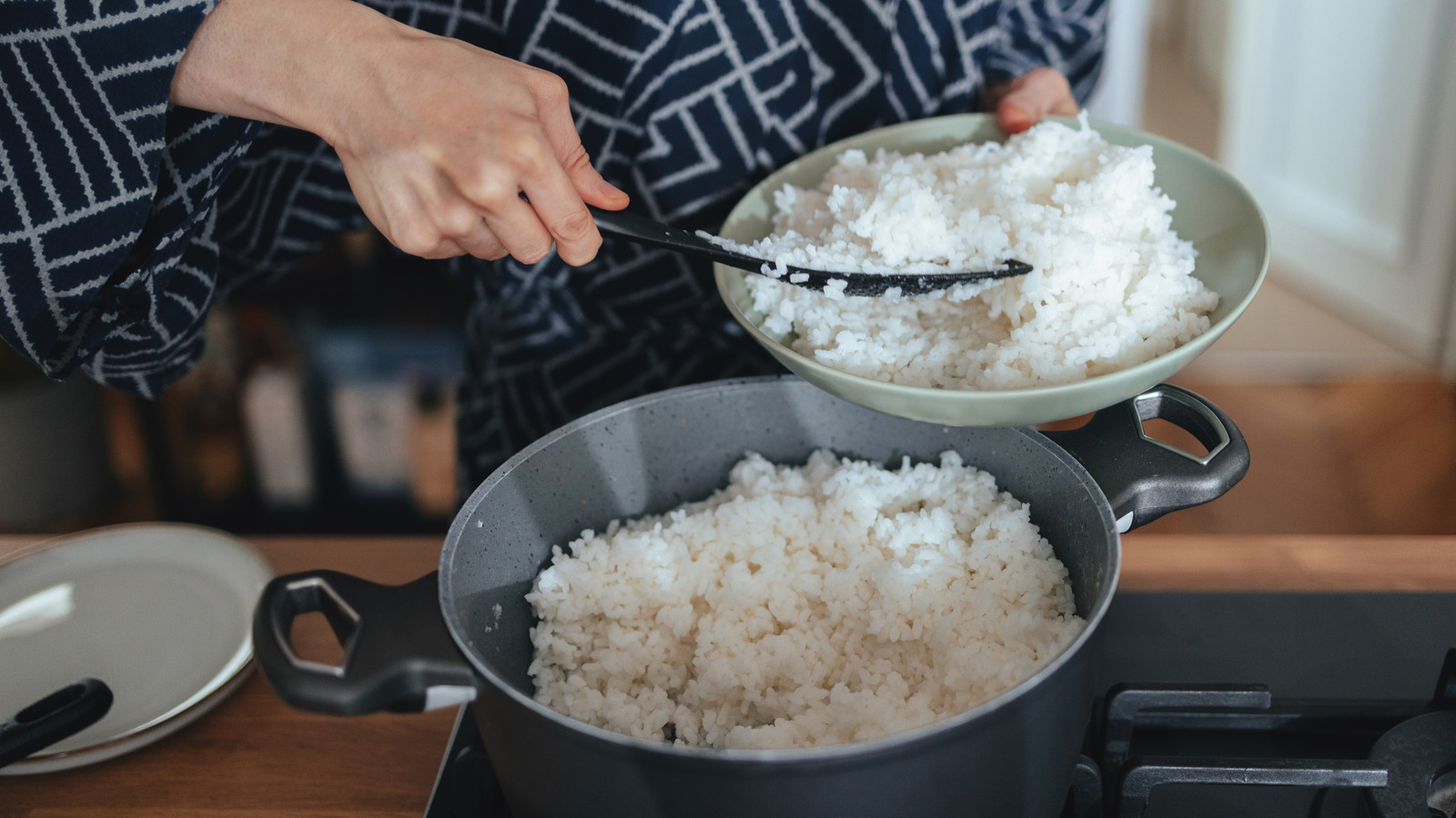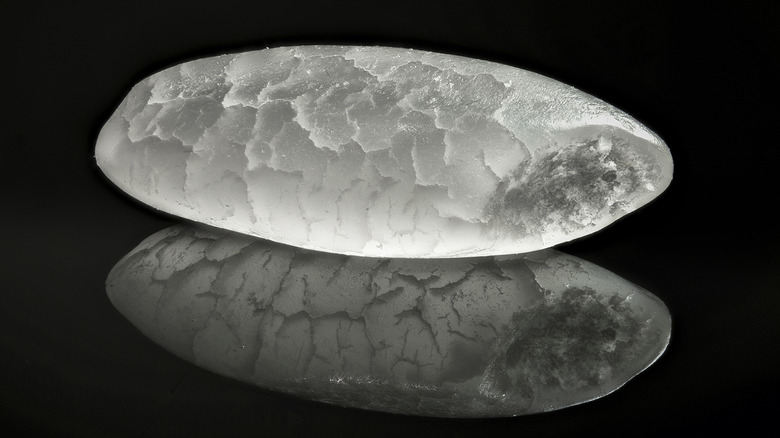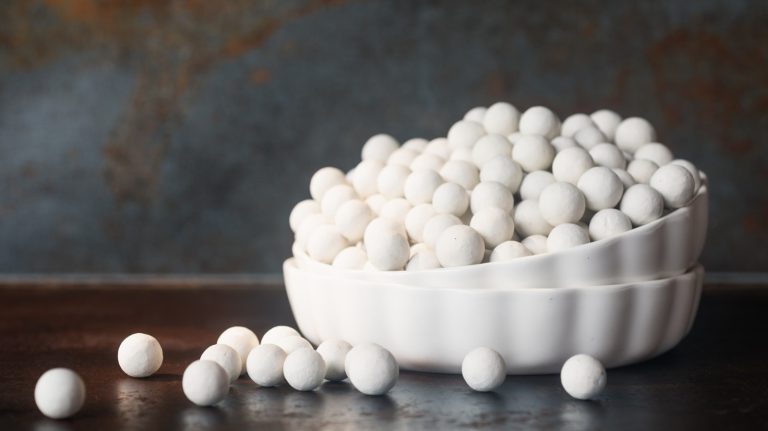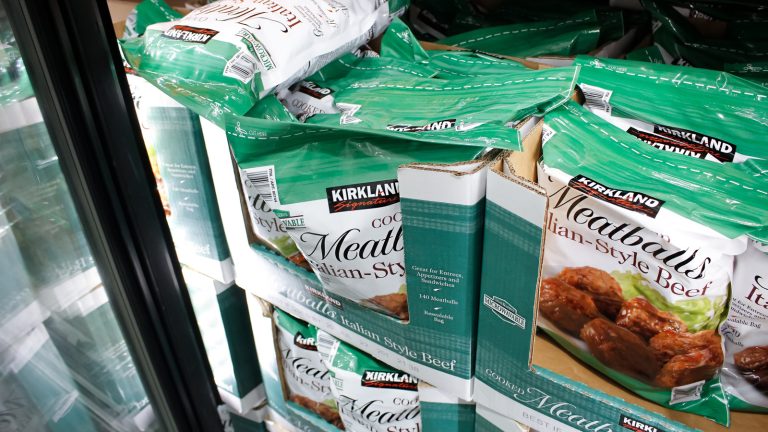There’s something so deflating about opening the fridge to a bowl of rice that’s gone stiff, dry, and flavorless overnight. What started out fluffy and aromatic has become a stubborn brick of amalgamated grains. Still, it’s entirely possible to find delicious ways to use up leftover rice, if you know how to refresh the grains.
If you’ve ever tried microwaving leftover rice, you’ve probably ended up with a rubbery mess, scorched edges, or a cold and dense core. That’s because the trick isn’t just reheating the rice, but restoring the original structure of the starch. By steaming gently on the stovetop with a bit of butter for moisture and fat, you can restore the texture and the taste of the rice. For extra flavor, you can even swap out the water for an umami vegetable stock.
To revive your rice, start by transferring leftovers to a saucepan or skillet with a tight-fitting lid, carefully breaking up any clumps with a fork. For every cup of rice, add a tablespoon or two of water, just enough to moisten the grains. Next, drop in some butter – about a tablespoon per cup of rice — and cover, before letting the rice warm over low heat. Give the pan a gentle stir occasionally to redistribute heat. Within five to eight minutes, the grains should be hot, moist, and tender. Remove the pan from heat, fluffing the rice with a fork, and seasoning as needed.
Starch science
It can help to understand what happens to leftover rice at a molecular level and work with it. When rice cools, it undergoes a process called starch retrogradation where the starch molecules inside each grain reorganize. As the rice loses heat, the gelatinized starches (which absorbed water during cooking) begin to crystallize, pushing out moisture and turning the once-tender grains dry and tough. Moisture loss, however, is only part of the problem. Aromatic compounds and flavors also dull with time.
Reheating rice on the stovetop is a kind of like a controlled steam bath, less chaotic than warming rice in a microwave. Adding butter during reheating is also helpful since it’s made up of water, milk solids, and fat. As the butter melt, it’s able to rehydrate and coat the grains, preventing clumping and helping lock in steam vapor. Fat also carries flavor molecules and imparts a glossy sheen, turning bland leftovers into something actually enjoyable — so much so that your day-old rice may taste even better than when it was fresh!
One important food safety warning: Rice left at room temperature for too long can harbor Bacillus cereus, which can multiply and cause foodborne illness. To play it safe, always store leftover rice promptly in the fridge, be sure to warm grains until they’re steaming hot (above 165 degrees Fahrenheit), and don’t reheat leftovers more than once.






